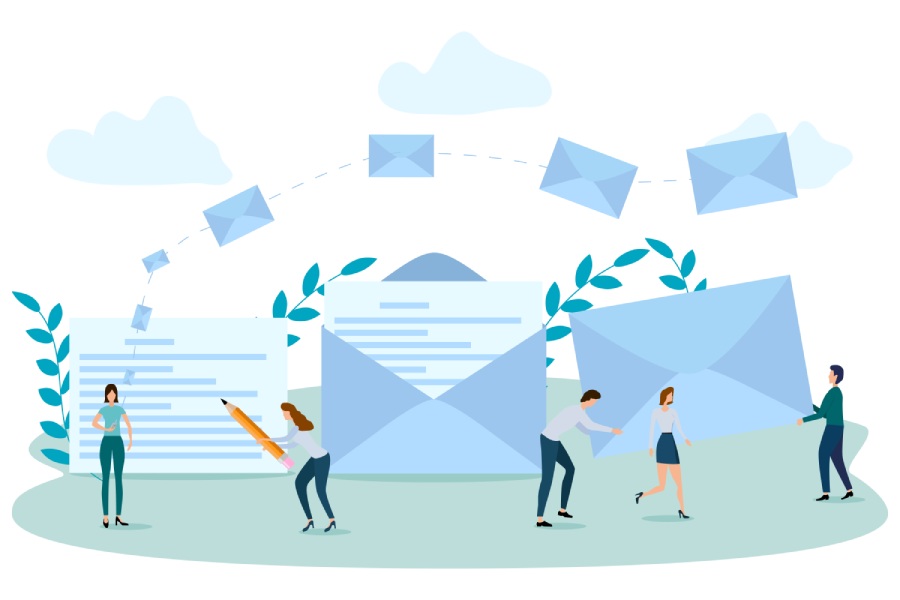Cold Email Strategy: Effective Techniques for Successful Outreach
Cold emailing can feel like tossing a message in a bottle into the ocean—will anyone ever find and respond to it? Surprisingly, there’s a science to making your emails stand out and actually get replies. The key lies in understanding your audience and crafting messages that resonate with their needs.
With the right strategy, your cold emails can transform from ignored to engaged conversations. In this article, we’ll explore effective techniques that can boost your outreach efforts and help you connect with potential clients—no more drifting alone on that vast digital sea!
A successful cold email strategy involves thorough research on your target audience to personalize your messages, clear intention in your communication, and maintaining consistency in follow-ups to build relationships rather than just closing deals. Additionally, incorporating a strong call to action can significantly increase engagement and response rates.
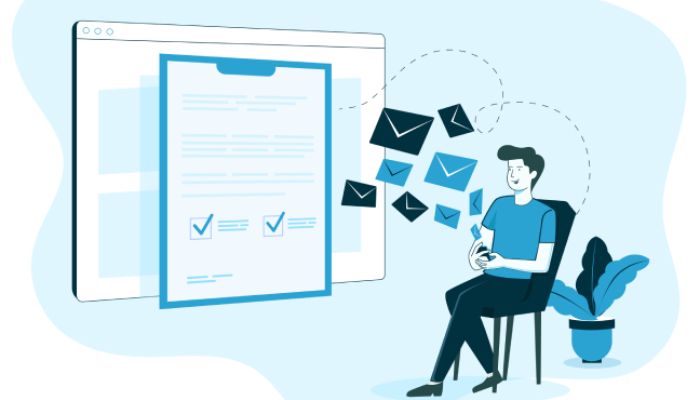
Crafting an Effective Cold Email Strategy
To begin with, setting clear goals ensures that every email you send serves a distinct purpose. Analytical thinking here is crucial. For instance, are you simply trying to raise awareness about your product or intending to establish a concrete connection with potential clients? This clarity will not only define the tone and content of your messages but also help measure success later on.
You don’t want to be sending out emails without knowing what you’re aiming for; that’s like setting out on a journey without a destination in mind. Once you have your objectives crystal clear, the next logical step is to identify your target audience.
A recent report from McKinsey indicated that personalized emails generated a remarkable 29% higher open rate than those that were generic and uninspired. This statistic reinforces the importance of understanding who you’re reaching out to. Platforms such as LinkedIn offer valuable insights into potential clients, giving you a glimpse into their background and interests.
The more you know about them, the greater the chance your message will resonate. This isn’t just about addressing someone by their name; it’s about tailoring your message based on their specific needs and pain points.
With this understanding of your audience, you can move toward segmenting your email list.
Segmenting involves dividing your email contacts into groups according to various criteria such as industry, company size, or job title. This method enables you to craft messages that speak directly to each group’s unique concerns.
For example, if you’re promoting a SaaS product, you might create one segment for IT managers—focusing on technical details—and another for CFOs—highlighting cost savings and return on investment(ROI). Each group receives information relevant to their decisions, increasing the likelihood of engagement.
After segmenting your list, you’ll want to plan your email sequence carefully.
An effective approach typically includes an initial outreach followed by two or three follow-ups strategically spaced over several days or weeks. Think of each email in the sequence as part of a conversation rather than isolated messages; they should build upon one another. In your initial email, perhaps you introduce yourself and state why you’re reaching out.
The follow-up could provide additional resources or insights, while subsequent emails might pose questions or invite feedback. These steps not only keep the dialogue going but also demonstrate your dedication and attentiveness to their needs.
Now that we’ve covered the foundation of effective cold emailing strategies, let’s explore specific elements that can elevate your emails from forgettable to compelling.
Key Components of a Winning Email

First and foremost, let’s discuss the subject line, which serves as the gatekeeper of your email. It’s the very first impression you give, and HubSpot found that 47% of email recipients decide whether to open an email based solely on this line. This is why crafting a compelling subject line is paramount; it should be enticing yet straightforward.
For instance, something like “Quick Question About [Recipient’s Company]” hints at a personalized approach, which can significantly boost open rates. Remember, the goal here is not only to get noticed but also to pique interest immediately.
Once you’ve managed to grab their attention with the subject line, how you begin your email will set the tone for everything that follows.
Opening Line
The opening line is a crucial element where personalization can lead to remarkable outcomes. Rather than diving straight into your pitch, acknowledge a recent achievement of the recipient’s company or reference a mutual interest. A study by Salesforce highlighted that personalized emails improve click-through rates by an impressive average of 14%.
A friendly opener like “I saw your recent article on sustainable practices; it resonated with my team”— instantly connects you and shows you’ve done your homework, making them likely to read further.
After establishing rapport in your opening line, it’s important to dive into the core message of your email.
Body Content
Think of the body content as a mini-story crafted to appeal directly to your prospect’s needs. Start with a hook—something that addresses a challenge they may be facing. Then, propose a solution tailored just for them, supported by specific benefits they’ll experience.
If you offer a software trial, don’t just mention it; describe how it would help them save time or increase efficiency during the three-month period they’ll be using it. Engaging storytelling paired with valuable insights creates a compelling narrative that keeps their attention throughout.
Finally, after weaving through the engaging body content, it’s essential to guide them toward an action.
Call to Action
Your call to action (CTA) should embody clarity and purpose. Avoid vague phrases like “Let’s connect.” Instead, be direct and actionable; specify what you want them to do next. Phrasing like “Schedule a 15-minute call” or “Reply to this email with a convenient time” leaves no room for ambiguity and prompts immediate engagement from the recipient. This clear direction helps remove any hesitation they might feel about taking the next step.
As we explore further strategies for enhancing outreach, understanding effective follow-up actions will enable you to maintain momentum and strengthen connections in your communication efforts.
Follow-up Tactics and Best Practices
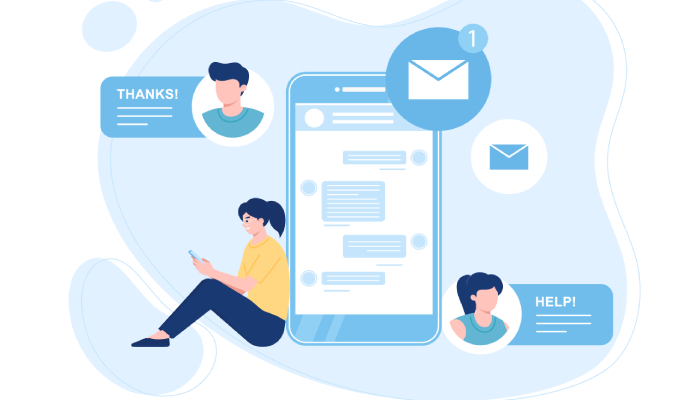
The art of following up requires a keen understanding of timing, value addition, and respect for boundaries. Studies reveal that many sales professionals experience frustration when their emails go unanswered, especially considering that 70% of email chains stop after just one attempt. Many prospects say “no” multiple times before they agree to engage; the right approach in follow-ups can drastically improve your chances of success.
Timing and Frequency
Crafting the perfect sequence for follow-ups involves knowing when to reach out again without crossing the line into being too pushy. Research suggests an optimal pattern: send your first follow-up email three days after your initial outreach. If there’s still no response, wait another week for your second follow-up, then give it another week before attempting a third and final message. This strategy balances persistence with respect:
| Email Number | Timing | Purpose |
| Initial Email | Day 1 | Introduction and Value Proposition |
| First Follow-up | Day 4 | Reminder with Added Value |
| Second Follow-up | Day 11 | Creating Urgency and Suggested Incentive |
| Third Follow-up | Day 18 | Final Attempt with Key Highlights |
You see, each follow-up must carry its weight — they shouldn’t just be reminders but opportunities to enhance the conversation.
Adding Value
Each time you reach out again, aim to add something valuable that resonates with the prospect’s needs or pain points. Whether it’s sharing a relevant article, case studies, or insights from recent industry trends, this demonstrates that you’re not merely pushing for a sale; you’re invested in solving their problems.
For example, if you learn a potential client is struggling with lead generation, a thoughtful case study on successful strategies others have implemented might open the door for further conversation. While adding value is crucial, maintaining respectful communication is equally important.
Respecting Boundaries
Always keep in mind the recipient’s time and preferences. A 2023 survey by Adobe discovered that over half of recipients find excessive follow-ups annoying. To prevent overwhelming your prospects, make it easy for them to opt out if they’re not interested. Respectful communication indicates that you value their time as much as your own. This builds trust while also creating an opportunity for future engagement.
Navigating follow-ups requires a blend of timing, enrichment, and discretion. Equipped with these tactics, you can effectively turn initial contacts into meaningful conversations that lead to productive business relationships.
With a solid framework for outreach established, let’s explore additional methods that can elevate your engagement further.
Techniques to Boost Response Rates

When it comes to cold emailing, some approaches can make a significant difference in response rates. One essential technique is personalization at scale. This doesn’t just mean adding the recipient’s name; it’s about using tools like Lemlist or Snov.io to add unique snippets regarding their business or recent achievements.
For instance, if a prospect has been mentioned in an industry article, referencing that directly in your email can create relevance and establish common ground. A tailored message captures attention far more effectively than generic outreach.
Social Proof
Next on our list is leveraging social proof. This powerful psychological phenomenon demonstrates how individuals are influenced by the actions of others.
In cold emailing, mentioning well-known clients you’ve worked with or referring to testimonials from satisfied customers instills a sense of trust in your recipient. The idea here is that if trusted brands back you, you must be worthy of attention. For example, stating “We helped Company X increase their ROI by 30%” positions your services as credible and reliable.
Speaking of measuring what resonates best with recipients, let’s explore A/B testing.
A/B Testing
A/B testing allows you to improve your email campaigns systematically. By sending two variations of your email—differing perhaps only in subject lines or calls to action—you can gauge which one yields a higher response rate.
According to a study by Campaign Monitor, these tests can enhance email marketing results by up to 49%. Imagine this: one email promises “35% off”, while another emphasizes “exclusive access”. Finding out which one gets more clicks means you’re not just guessing but learning what works for your audience.
After A/B testing, consider how the use of visuals plays into your emails.
Engaging Visuals
Incorporating engaging visuals like GIFs or infographics can be a delightful way to catch the attention of your recipient. Visual content can provide a break from text-heavy emails and express your message quickly and effectively.
However, remember to keep load times in mind; too many images can hinder deliverability or annoy recipients who prefer quick reads. Using impactful graphics strategically enhances engagement while ensuring that clarity remains priority number one.
Armed with these techniques, you’ll be better prepared to optimize outreach efforts before diving deeper into understanding the metrics that showcase the success of these strategies.
Measuring and Analyzing Success
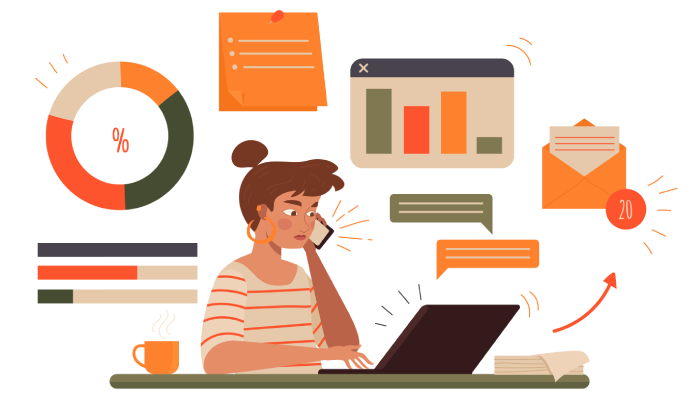
To truly refine your cold email approach, it’s crucial to quantify how well your campaigns are performing. This means not just sending emails and crossing your fingers, but actively engaging with the data to determine what resonates with your audience. By tracking key metrics, such as open rates, click-through rates (CTR), response rates, and conversion rates, you can gain insight into the effectiveness of your messaging.
Key Metrics
- Open Rate: This metric tells you how many recipients have opened your email. It’s a vital indicator of the effectiveness of your subject line and the allure of the content for your target demographic.
- Click-Through Rate (CTR): This shows how many recipients are willing to engage further by clicking on links within your email. A good CTR indicates that your content is not only being read but sparking interest.
- Response Rate: This measures how many recipients replied to your email. If responses are low despite high open rates, this suggests your call to action needs refining.
- Conversion Rate: Finally, this tracks how many recipients took the desired action, be it signing up for a newsletter or scheduling a call. It’s crucial for understanding the ultimate effectiveness of your outreach.
Once you’ve established these metrics, it’s essential to leverage tools that can help you monitor them effectively.
Tools for Tracking
To streamline the tracking process, consider using email tracking tools like Mailtrack or HubSpot. These services provide real-time analytics that can break down performance into digestible reports. They allow you to understand when emails are opened or whether links are clicked, enabling you to fine-tune future outreach systematically.
Equally important is knowing how to interpret the data gathered from these tools.
Analyzing Data
Analyzing data isn’t just about checking boxes; it’s about drawing actionable insights from what you find. For example, if you’re witnessing high open rates but discover low response rates, that’s a red flag—something may be off in the body of your emails or in your calls-to-action (CTAs).
Perhaps your message lacks clarity or fails to communicate value effectively. Regularly scrutinizing performance metrics helps pinpoint where improvements can be made.
Successful cold emailing doesn’t just happen; it’s rooted in thoughtful measurement and keen analysis. The aim is to create a feedback loop—where each campaign feeds into the next one’s strategy—allowing for an ongoing cycle of improvement that can lead to vastly better results over time.
With these insights into measuring success and pulling valuable data from your outreach efforts, let’s explore some tools designed specifically to enhance this process.
Recommended Tools for Cold Emailing

When it comes to executing a successful cold email campaign, the right set of tools can make all the difference. Each category of tool serves a unique purpose, simplifying tasks that would otherwise require significant time and effort.
Email automation tools are vital; platforms like Mailshake and Woodpecker not only allow you to automate your email sequences but also ensure that those crucial follow-ups aren’t lost in the shuffle. Imagine setting up an entire sequence to run automatically while you focus on other business-critical tasks—this is productivity at its finest.
Just as important is the ability to personalize your messages effectively. Personalization tools such as Lemlist and Hyperise do much more than insert someone’s name into an email; they enable you to customize elements like images or videos tailored specifically for each recipient. When prospects see content designed with them in mind, it fosters stronger connections—even before the conversation truly begins.
Now, let’s not forget about analytics either. To gain true insights into what works and what doesn’t, analytics tools like HubSpot and Yesware provide a wealth of data. These platforms can track open rates, reply rates, and engagement levels so you can pivot your strategy based on hard numbers rather than hunches.
Imagine sending out hundreds of emails, only to find out later that one specific subject line converted remarkably better than others—all thanks to robust analytics guiding your decisions.
Moreover, in the realm of lead generation, having verified contacts is essential for effective outreach. Tools such as Hunter.io and FindThatLead excel at providing accurate email addresses, ensuring that when you hit ‘send,’ you’re reaching the right audience without bouncing back into the void of spam filters or incorrect addresses. This streamlined approach aids in crafting a targeted campaign that feels personal yet professional.
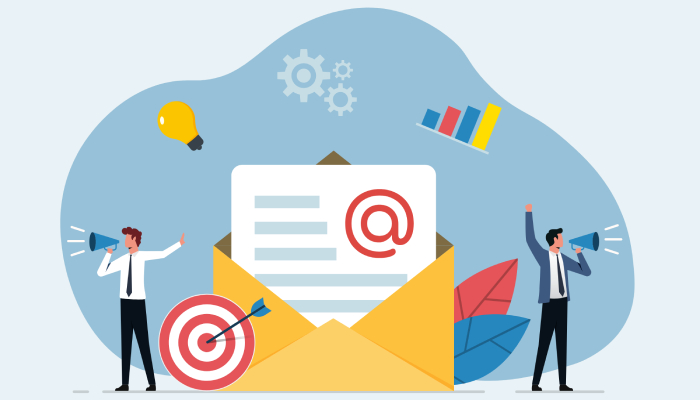
By weaving together these various tools—automation for efficiency, personalization for connection, analytics for insight, and lead generation for accuracy—you create a cold email campaign that’s not just effective but also engaging. Integrating these tools into your strategy with platforms like Nureply will give you a comprehensive toolkit for turning prospects into customers with ease.
In summary, leveraging the right tools enhances your cold emailing efforts significantly, allowing for meaningful interactions and measurable success.

